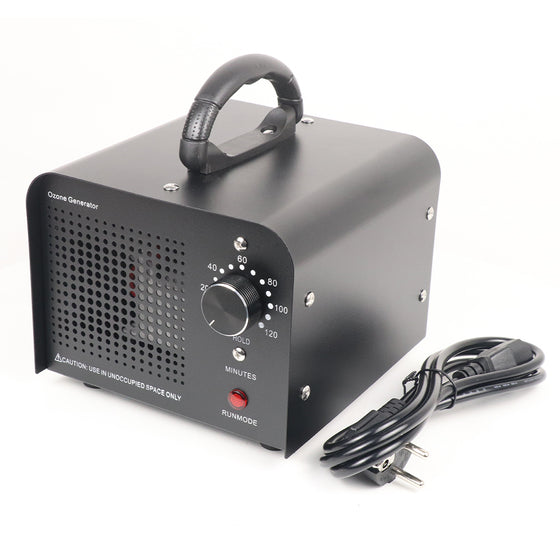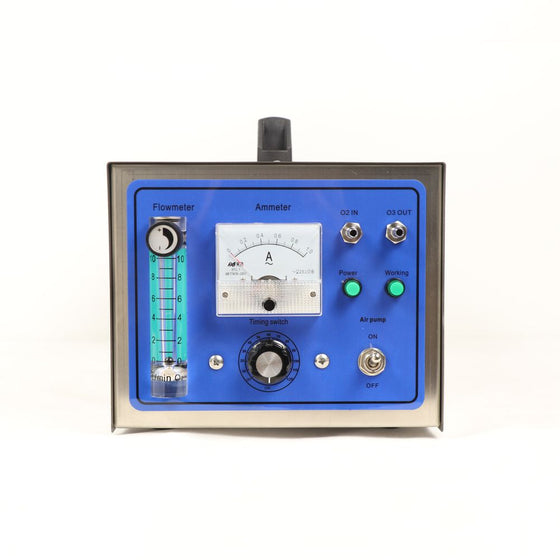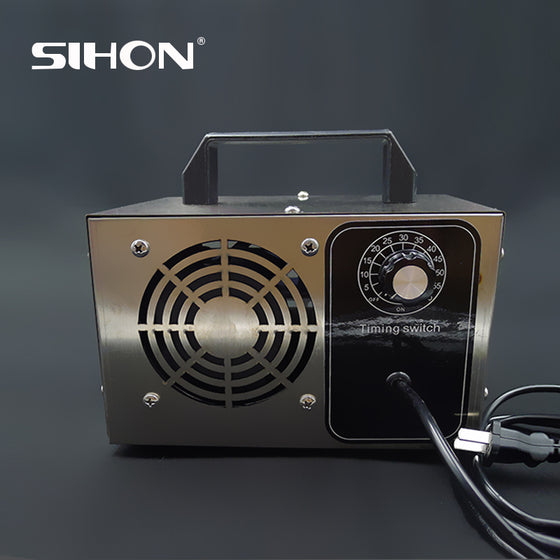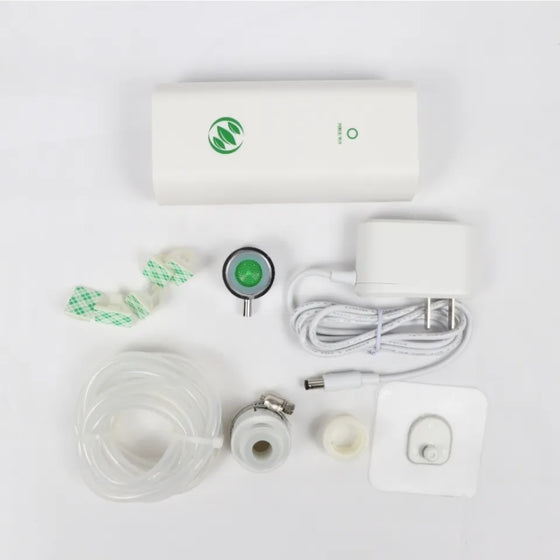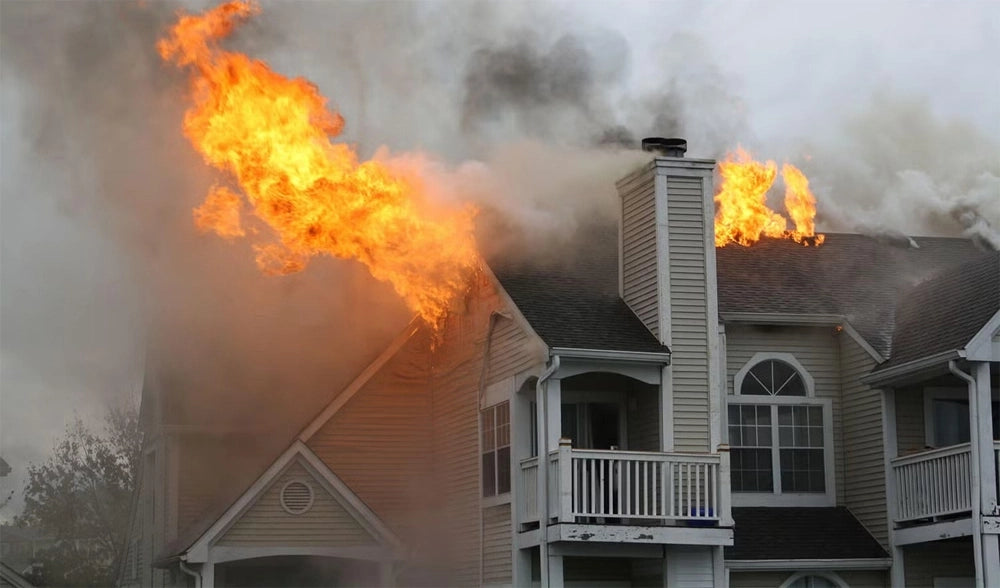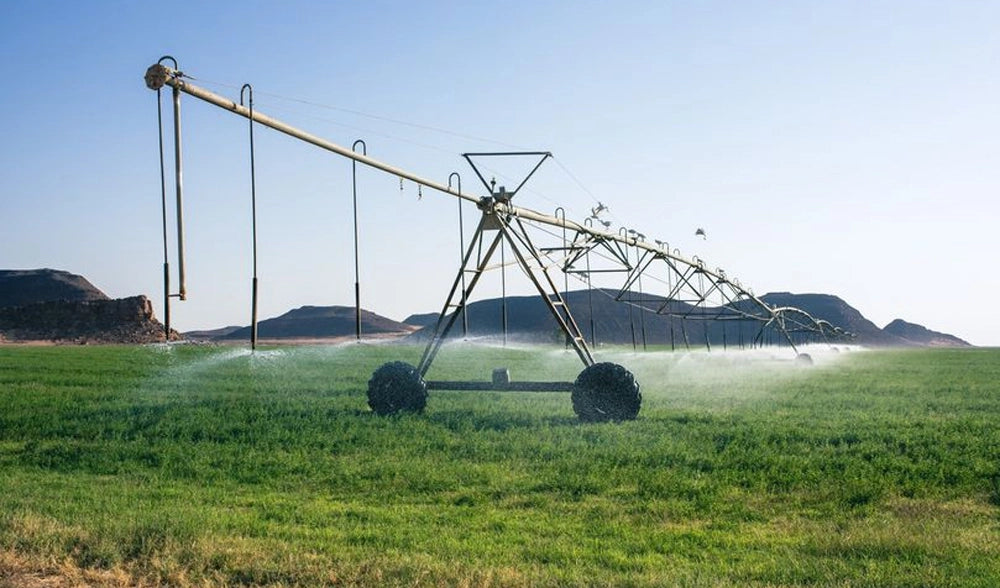A Guide to Compensate for Ozone’s Half-life in Water

This is an introductory guide to understanding the fundamental mechanisms involved in compensating for the half-life of ozone in water applications.
How to accurately calculate residual ozone concentration for a water treatment application using ozone
It is strongly advised that ozone water treatment professionals familiarize themselves with the impact of temperature on ozone destruction in water, given its short half-life. Failure to account for this factor in ozone treatment calculations can significantly reduce ozone concentration and render the application ineffective. This information is crucial for ensuring optimal ozone water treatment outcomes.
There are misconceptions surrounding residual ozone in water, such as the belief that it is impossible or that ozone can only survive for a few seconds. However, scientific sources have provided factual and scientifically proven data on the half-life of ozone in water.
Half-Life Time of O3 Dissolved in Water as a Function of Temperature

The relationship between temperature and the half-life time of ozone dissolved in water (at pH 7):
| Time | Temperature |
| ∼ 30 minutes | 15 ºC |
| ∼ 20 minutes | 20 ºC |
| ∼ 15 minutes | 25 ºC |
| ∼ 12 minutes | 30 ºC |
| ∼ 8 minutes | 35 ºC |
At a temperature of 30°C, if ozone is instantly injected into water, its half-life is approximately 12 minutes. This implies that the ozone concentration in the water would decrease by 50% every 12 minutes. However, in practical applications, ozone is continuously added to the water 24/7 to maintain the desired concentration, rather than being injected instantly.
The objective is to inject sufficient ozone into the swimming pool to counterbalance the rate of ozone destruction and maintain a consistent residual ozone concentration in the water. To illustrate the application of this concept, suppose we require a concentration of 0.1 ppm of ozone in the pool water.
It is recognized that 1 ppm is equal to 1 g/m3. Therefore, if the water tank or swimming pool has a volume of 100 m3, dissolving 10 g of ozone in the water would generate the desired concentration of 0.1 ppm. (100 m3 x 0.1 g/m3 = 10 g)
We are aware that 12 minutes equals 0.2 hours (12 min/60 min = 0.2h). It is evident that every 12 minutes, the 10 grams of ozone dissolved in the water reduces to 5 g, 2.5 g, 1.25 g, and so on. Therefore, additional ozone must be injected to maintain the desired concentration. Dividing the required ozone amount by the half-life of ozone in water would yield the quantity of ozone that must be added every hour to offset the reduction.
Our proposed formula is as follows:
O3 (NC) / HL = O3 (C)
In the formula:
O3 (NC) – Ozone quantity required to attain and sustain the target ozone concentration without adjusting for ozone destruction's half-life.
HL – Ozone's half-life, as determined by water temperature, based on the table mentioned earlier.
O3 (C) – The compensated or actual quantity of ozone needed to be injected to sustain the residual concentration at the existing water temperature.
Using the above data and formula, we can determine that in this scenario, compensating for ozone destruction in water due to its half-life necessitates injecting 50 g of ozone per 0.2 hours (10 g / 0.2 h = 50 g), which is five times more than the amount required without compensation.
New Arrivals
Leave A Reply
Your email address will not be published. Required fields are marked *
